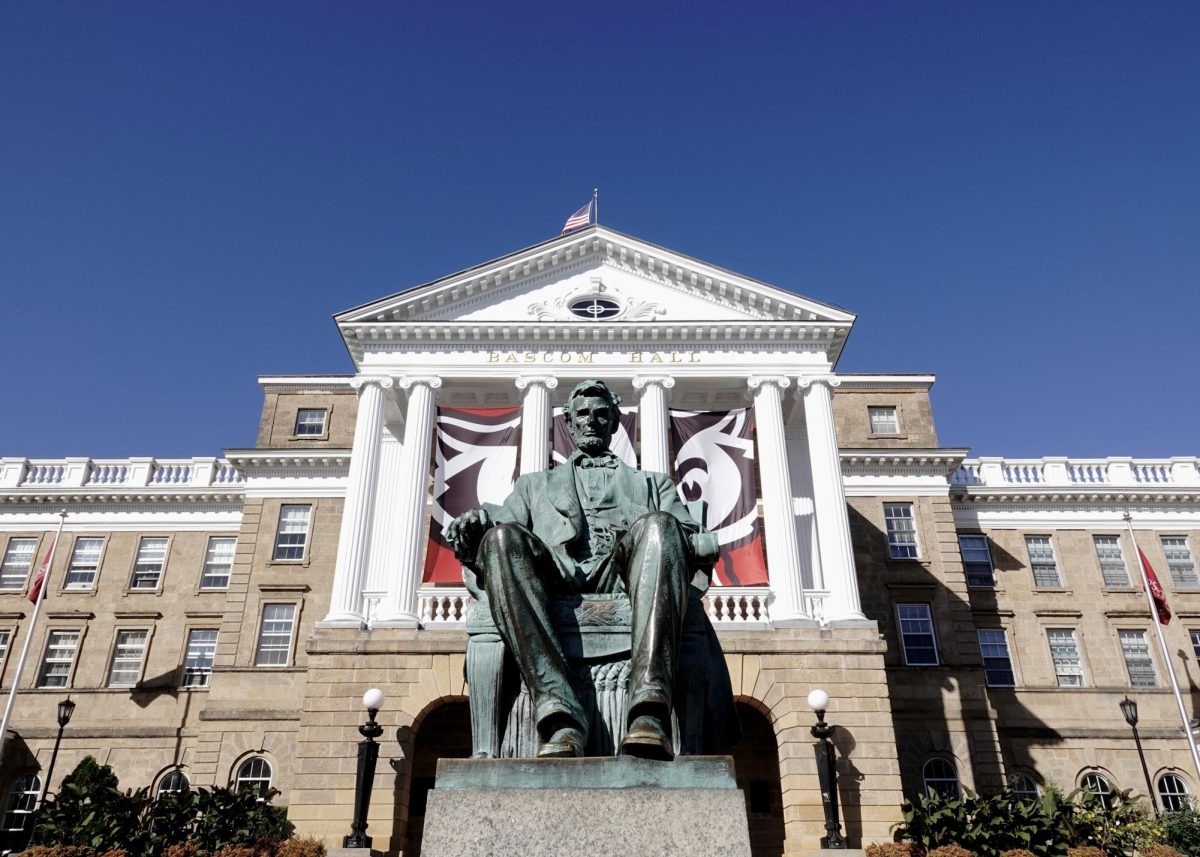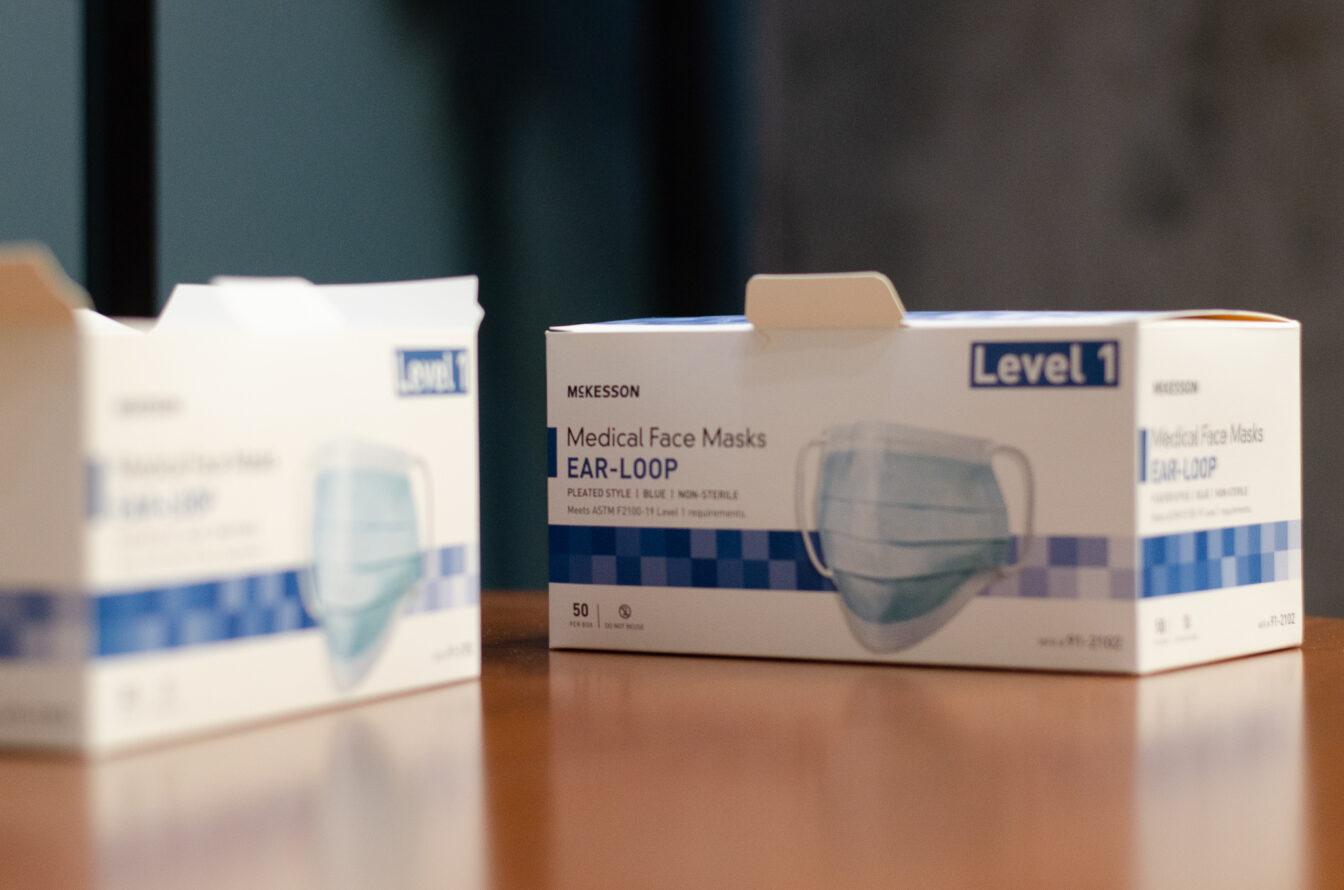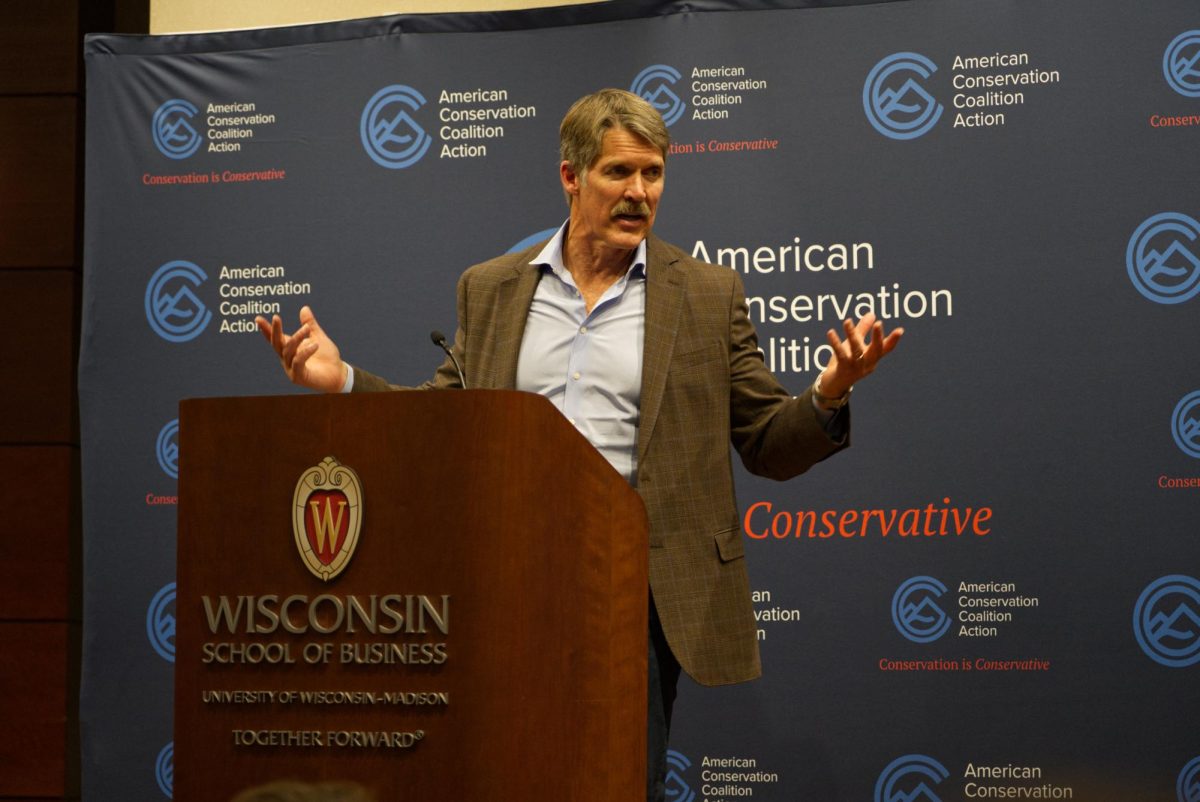High numbers of drug overdoses, traffic incidences and suicides in Madison have led to a collaboration between community organizations, the University of Wisconsin and police departments to tackle safety in the area.
Earlier this week, Madison Interim Police Chief Randy Gaber wrote a blog post highlighting the work Safe Communities does to prevent these kinds of incidents.
Safe Communities is a county-wide organization that coordinates safety programs and campaigns in collaboration with other county organizations and individuals.
In his post, Gaber said traffic crashes kill an average of 60 people each year in Dane County and that 40 to 50 people are lost to suicide.
Cheryl Wittke, executive director of Safe Communities, said more people are now dying of drug overdoses than traffic crashes in Dane County. While most of these overdoses are from misuse of prescription drugs, an alarming increase in heroin overdoses has also occurred, she said.
“Most people that are overdosing on heroine started with prescription opiates. They became addicted to [prescription opiates] and because it can be cheaper and more available, they turn to heroin,” Wittke said.
The main initiative Safe Communities has launched to prevent drug abuse is the MedDrop program that allows the community to dispose of any over the counter medications, supplements, vitamins and controlled substances, she said.
Wittke said the MedDrop program has collected about eight tons of medications, with an estimated 10 percent of controlled substances.
The organization works closely with the UW Police Department and UW School of Pharmacy to launch many of its safety campaigns.
UWPD spokesperson Marc Lovicott said they have partnered with Safe Communities in the past year to have a 24/7 MedDrop box in the station’s lobby, a secure bin where individuals can anonymously dispose of any unwanted medications.
Other ways the organization prevents drug abuse is by educating clinicians about alternative ways to treat pain such as therapy or over the counter medications, which Wittke said have been proven to be more effective in some cases.
A major safety issue UWPD and Safe Communities collaborate on is traffic safety. Wittke said UW has the most mopeds on the road of all Big Ten universities, so they have been promoting moped safety initiatives.
Lovicott said most of the traffic safety work done by Safe Communities and UWPD has focused on pedestrian and bicycle safety through education and outreach initiatives. One of the campaigns they have started is to provide bicyclists with lights for nighttime cycling, he said.
Safe Communities also partners with University Health Services on suicide prevention initiatives, Wittke said. They promote QPR, or question, persuade, refer, as a method to promote peer suicide prevention, she said.
“We train everybody on how to recognize signs and symptoms of suicide risk and then you teach people to respond to that effectively, not to be a counselor but to find somebody help,” Wittke said.
Gaber said MPD supports all the safety initiatives Safe Communities is involved with and said the values and missions they seek in preventative work is mirrored in MPD’s police work as well.













